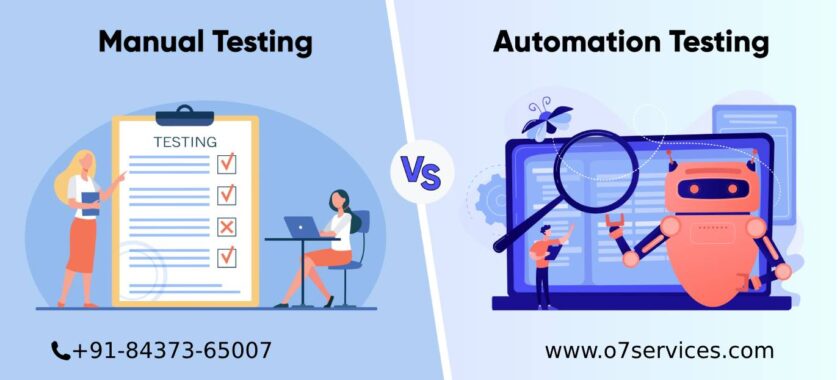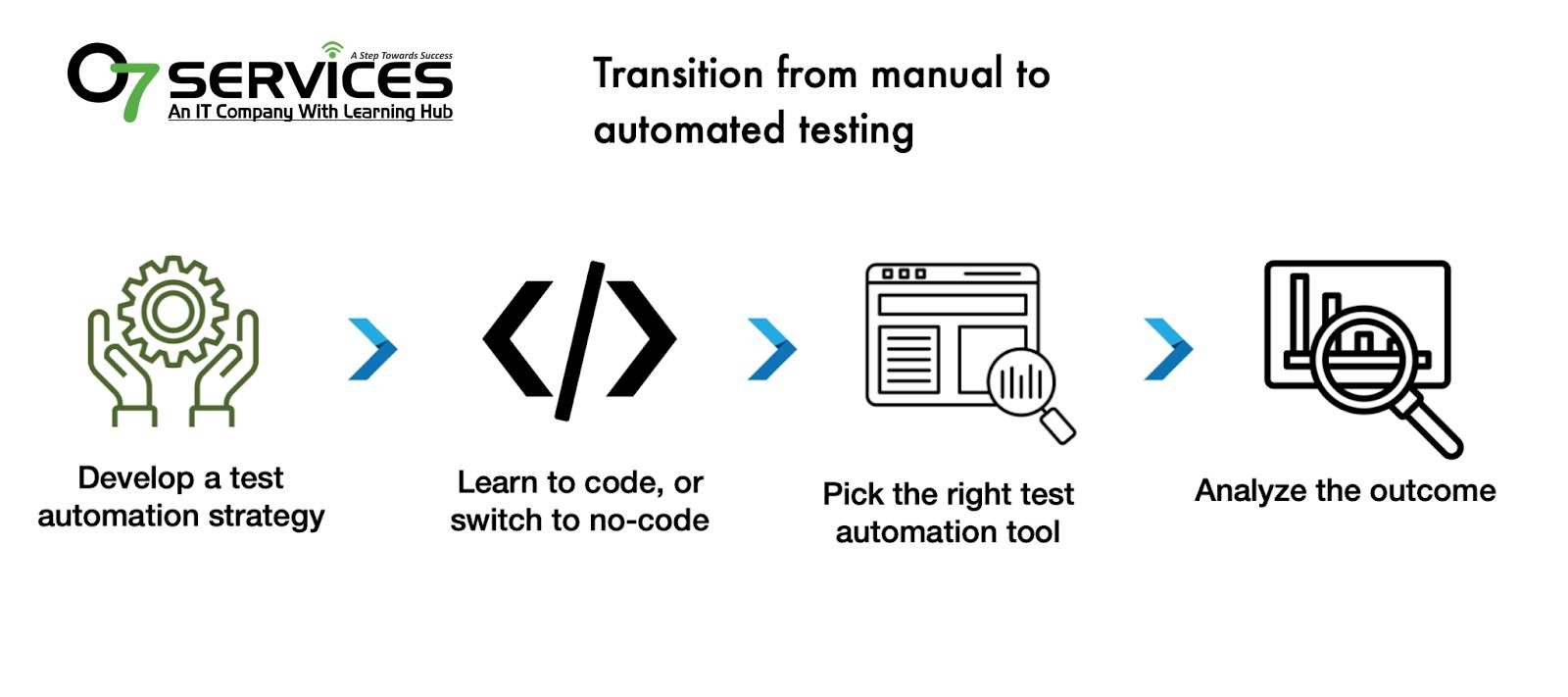
Manual Testing and Automation Testing Difference: In the dynamic landscape of software development, ensuring the quality and reliability of software applications is paramount. Software testing plays a pivotal role in this endeavor, encompassing various methodologies such as automation testing, manual testing, and utilizing programming languages like Python and Java, along with tools like Selenium. This article will delve into the world of software testing, exploring the nuances of automation testing, manual testing, and their implementation using Python, Java, and Selenium.
Automation testing involves using software tools to execute test cases and validate software applications. This approach is highly efficient, as it minimizes human intervention, accelerates the testing process, and reduces the likelihood of errors. Furthermore, automation testing is especially beneficial for repetitive tasks, regression testing, and scenarios that demand precise execution.
Python has emerged as a popular choice for implementing automation testing due to its simplicity, versatility, and an extensive collection of testing frameworks and libraries. Frameworks like PyTest and unittest provide a structured framework for creating and managing test cases. The readability of Python code simplifies test case creation and maintenance, ensuring a seamless testing process. The “software testing using Python” approach enhances the speed of test execution and allows for quick integration with other tools and frameworks.

Java holds a prominent position in the world of automation testing, thanks to its platform independence and object-oriented nature. Test frameworks such as JUnit and TestNG offer a robust structure for creating and organizing test cases. The ability to write test scripts once and run them on different platforms makes Java a preferred choice for cross-platform testing. Implementing “software testing using Java” empowers testers to build scalable and reliable test suites while harnessing the robustness of the Java ecosystem.
Selenium, an open-source framework, has revolutionized automation testing by enabling testers to simulate user interactions with web applications. Its compatibility with multiple programming languages, including Python and Java, makes it a versatile tool for automating web testing. With Selenium, testers can write scripts that interact with web elements, validate functionality, and perform regression testing. “Software testing using Selenium” amalgamates the power of automation with the precision of web interaction, offering a comprehensive testing approach.
While automation testing offers efficiency, manual testing remains indispensable for scenarios requiring human intuition, exploratory testing, and UI/UX assessment. Manual testing allows testers to simulate real user interactions, catch subtle nuances, and identify usability issues that might escape automated scripts.
The key to a successful testing strategy lies in balancing automation and manual testing. Critical features that demand meticulous scrutiny can be subjected to manual testing, whereas repetitive tasks and regression testing can be automated. This equilibrium ensures comprehensive testing coverage while optimizing testing time and resources.
In the realm of software testing, the choice between automation and manual testing depends on the nature of the application, project requirements, and the desired level of precision. Implementing “software testing using Python, automated software testing with Java, and software testing using Selenium” empowers testers to achieve efficient and accurate results. By leveraging the strengths of both automation and manual testing, software development teams can enhance the quality of their applications, deliver a seamless user experience, and stay competitive in a rapidly evolving technological landscape.
Leave a Reply